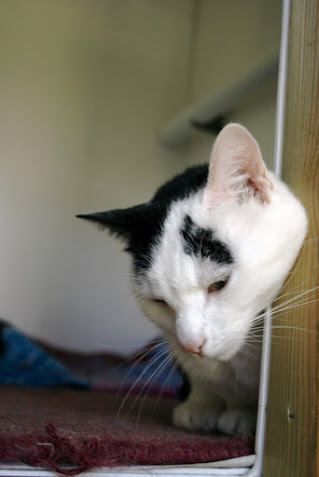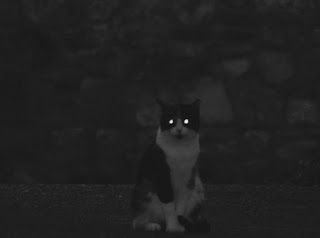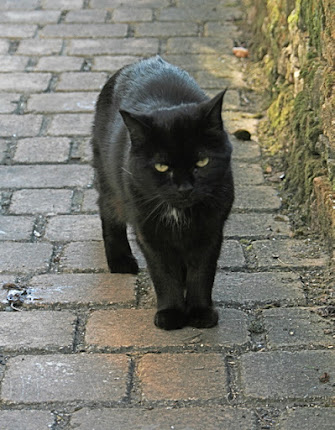This is my namesake playing a game with the cat flap, in order to wind up his human. A great show-off was my Uncle George.
Most cats love being able to leave the house whenever they choose and they also enjoy being able to visit other people's garden, burgle houses to steal other cat's food, slaughter wildlife, and generally wander around at will.
The downside is the dangers of being run over, of catching diseases from other cats (not high if we are vaccinated) or coming home with fleas - not just fleas from other cats but also rabbit fleas or ticks. Ticks are generally disgusting, as I discovered when being combed by my human who combed out a tick that burst and spread blood everywhere.
Ask a cat, and most of us will choose freedom. Ask the neighbour and mostly they will say get that cat out of my seed beds. Ask a naturalist and they will say keep those serial killers indoors (forgetting that an invasion of mice is bothering the Australians.)
If you want to read up on this, there's a human review "Uncontrolled Outdoor Access for Cats: An Assessment of Risks and Benefits" on Google Scholar.
But I say, just ask your cat.



















